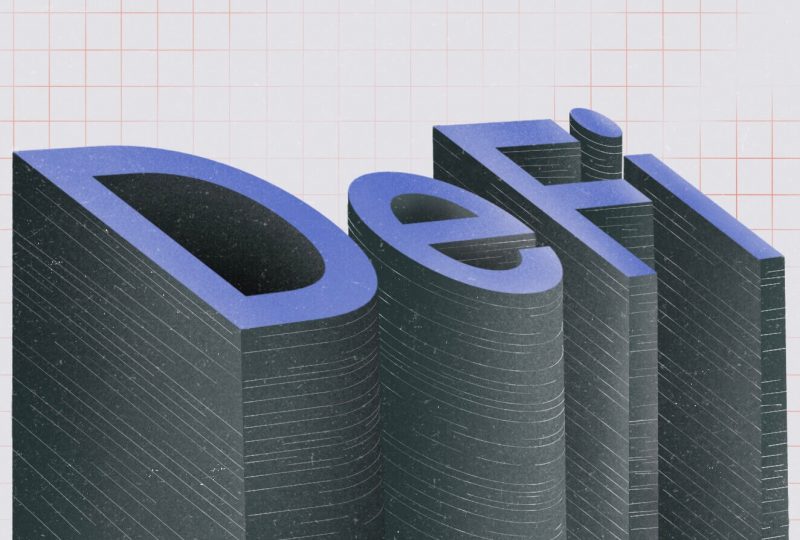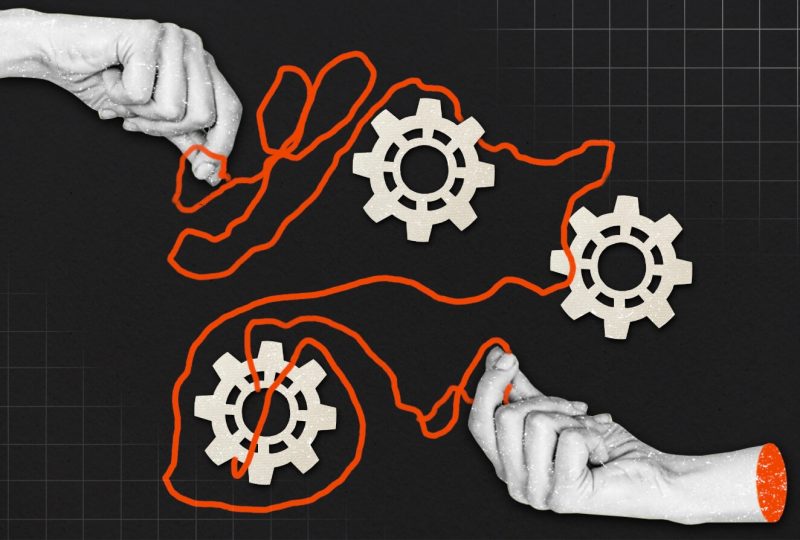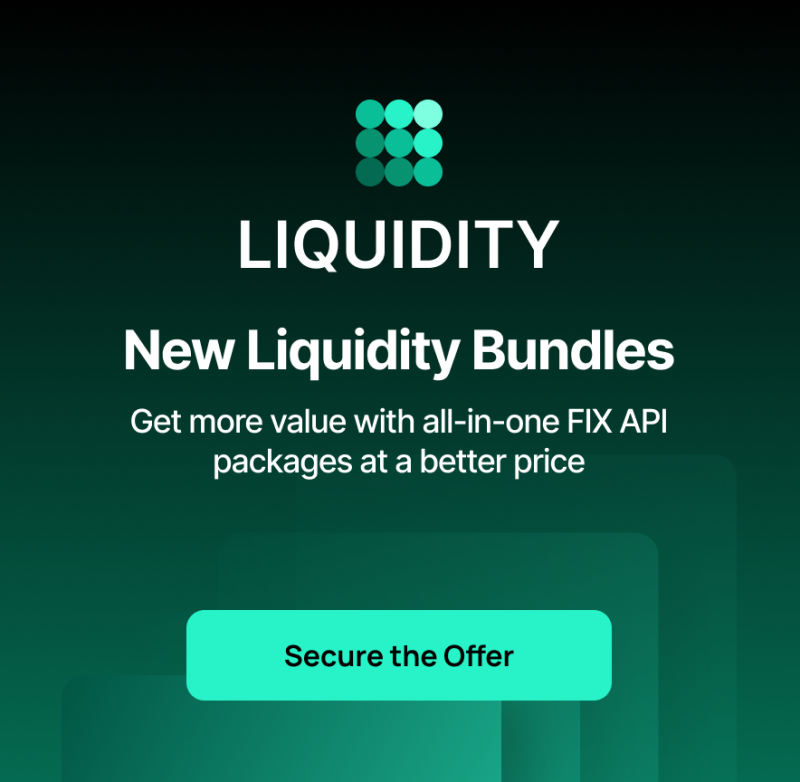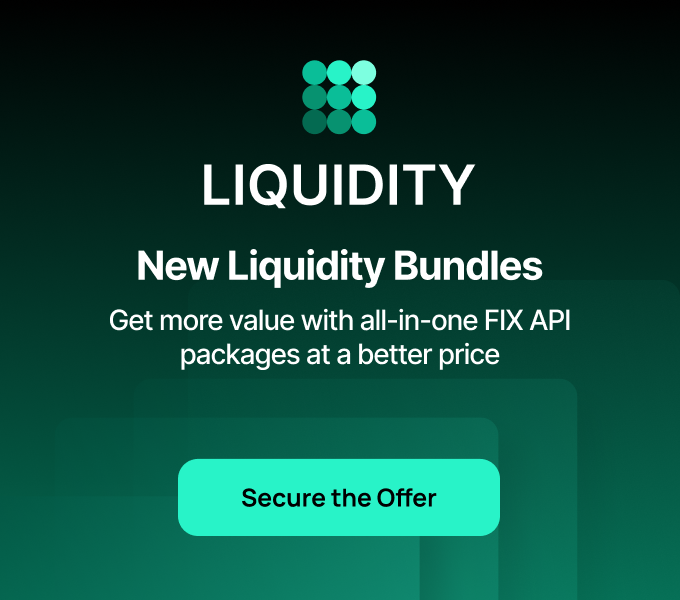Pre-execution vs Post-execution: What’s the Difference?
Oct 25, 2022
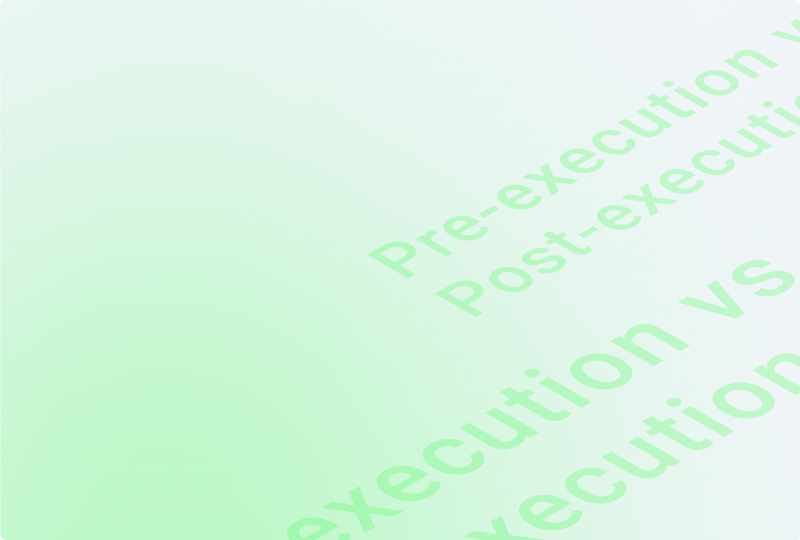
In this article, we will take a look at the following processes that are an inevitable part of trading on financial markets: First, we will discuss what trade execution is and how it works. Then, we will compare the pre-execution vs. post-execution and explain the difference between them.
What is Trade Execution?

A particular transaction can be considered completed after it has been placed on the market and sold at a specific price at a particular time.
Let's take a look at an example:
Suppose you are determining whether to sell 15 shares of some company's stock, with one stock priced at $99 per single share. After submitting your sell order, your broker starts to search the markets for the best price. Those orders can be executed by your broker for $98, $99, or $100. The broker executes the sell order on your behalf at $100 per share since that is the best value currently offered.
But how does it work in practice?

When a request is accepted, a brokerage might carry it out in several methods. They can transmit that order to a market maker, an exchange like the New York Stock Exchange (NYSE), or their electronic communications network, or they could even execute the deal using their own stock of assets. A description of each is found below:
1. Market Maker
A certain broker may choose to submit an order to a market maker. Market makers are companies that facilitate the liquidity and depth of the markets and earn a profit from the difference between the bid and ask prices. Such a business pays a broker to direct the flow of orders to it. This type of transaction is known as "payment for order flow."
2. Over-the-Counter (OTC) Market
Secondly, financial assets may be transmitted over the counter directly to another party. OTC is a decentralized market where stock, commodities, currencies, or other instruments are traded without the involvement of intermediaries or central exchanges.
3. Electronic Communications Network (ECN)
The buy and sell orders of investors can be forwarded to an ECN, where system software will match up those orders. The advantages of ECN trading are especially evident when investors from different geographical locations need a secure method of completing transactions without a third-party intermediary.
4. Internalization / Inventory of securities
The brokerage business itself may occasionally already be an owner of a certain stock. In this scenario, the trade execution is completed internally by completing the order from the firm's own resources.
Worth noticing is that all orders are processed online. However, that does not always mean that they will be immediate.
Because of that, sometimes the final price of execution may differ from the price you requested initially. Thus, when you place an order with your broker, the value you encounter on the order page may not necessarily match the price at which the trade will be executed.
Once your order is filled at a slightly lower price than the most appropriate market price, this is referred to as "price slippage."
Now, let's move on and discuss two main types of executions: pre-execution and post-execution.
Pre-execution and Post-execution
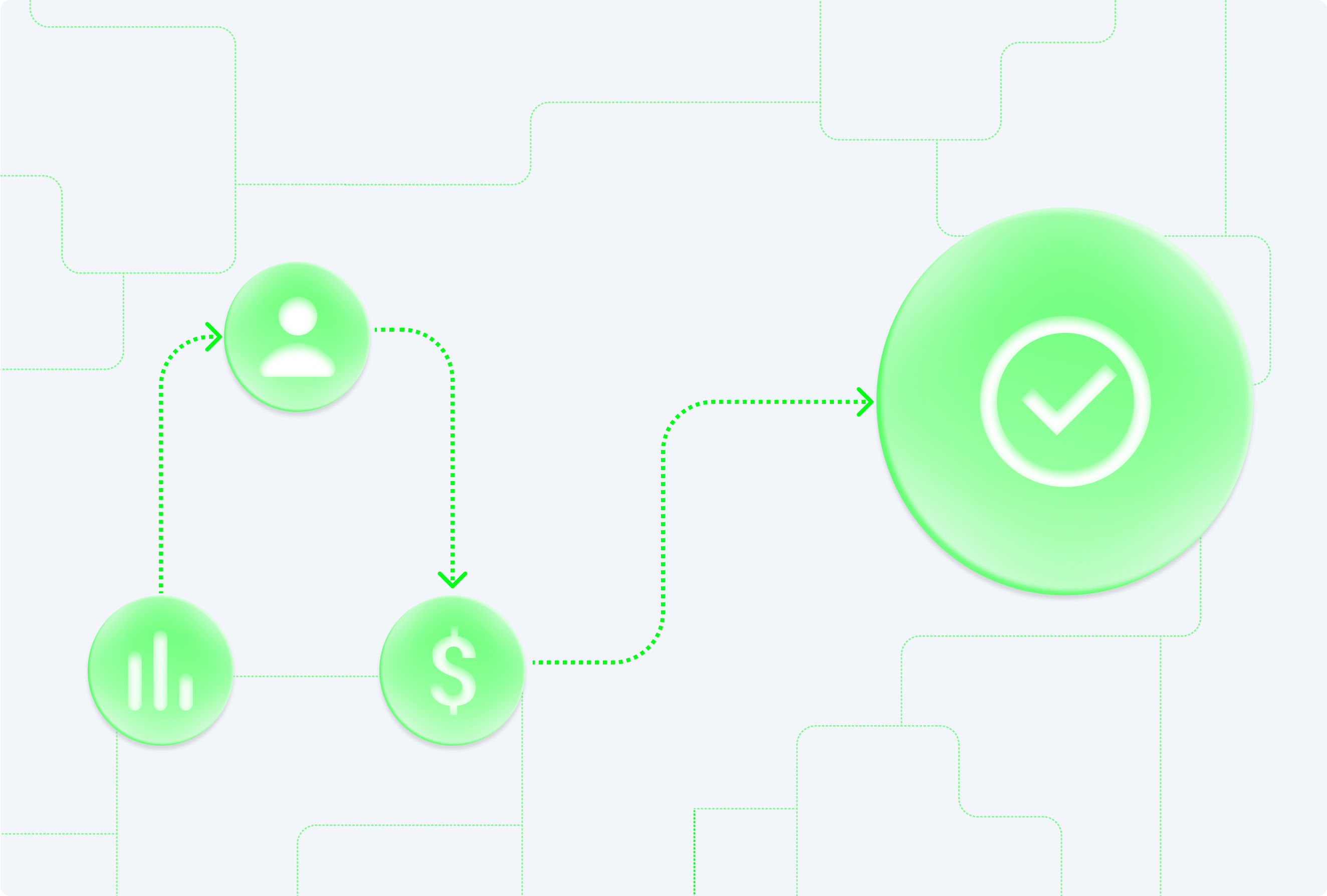
Brokers use several models when it comes to trade execution. Let's get into the details.
Pre-execution model
Trading execution based on this principle works as follows: еnd-user places a trade which goes through the brokerage and consequently hits the market. There, this trade gets a confirmed price from the liquidity provider, and the order gets filled. Then the brokerage confirms the received price on the terminal. So, the client will see the terminal's price as a final confirmation.
When your end-user sends you an order, you, as a broker, confirm that price if the sources of data match. Of course, it's typical for most of these algorithms to have some small deviations. However, if you see that the prices are aligned, you confirm the price to the end trader, and that trade sits on your order book. Only then it goes to the market.
Pre-execution is more or less the CFD business model. Most of the broker-dealers today are running on a pre-execution basis. However, this has not always been the case — previously, brokers primarily used post-execution, even for the CFDs. Today it is no longer a common practice. Why? Well, there are certain reasons for that.
It's no secret that brokers want to reduce the risks associated with their business, especially nowadays, when markets are highly unpredictable and fluctuate wildly. Consider a situation in which there is a major news event happening, such as a huge crisis. If you send the trader's order to the market during such an event, nobody knows how the trade will get filled. However, using a pre-execution basis, brokers get real market conditions. Therefore, with pre-execution, the risks are minimized as they go to other entities or to providers.
Consequently, the pre-execution model is now regarded as the norm for brokerages, particularly those that offer CFD trading.
Post-execution model
Post-execution is a method that used to be utilized by brokerages in the past. This model is considered to be very risky, as post-execution brokerages might end up having huge losses while executing client trades. That's because the broker will be executing these orders at the live prices at a time when the markets fluctuate constantly. And the more volatile the market, the more the losses are.
Nobody ever knows what will happen in the markets, especially during volatile periods. It may play in favor of your business at times, but statistically, most of the time, this is where brokers see markets moving against them. The truth is that in real life, it's more like 70/30, meaning 70% of the time, you're going to lose money while executing orders.
So, as was mentioned, post-execution is an old practice, and today brokerages are primarily using a pre-execution model to offset the risk and keep losses to a minimum. And those who decide to utilize this model should be well capitalized to sustain possible losses.
Bottom Line
To sum it up, the procedure through which your broker obtains and fulfills a purchase or sale order for assets is known as trade execution. Every solid broker should have a variety of alternatives for how to carry out orders, including sending them to significant marketplaces like the NYSE or a proper market maker. Remember that orders must be filled by brokers at the most competitive pricing.
Pre-execution models are increasingly more frequently employed than post-execution models when comparing them since they reduce trade risks, which is essentially what everyone aims to achieve.
